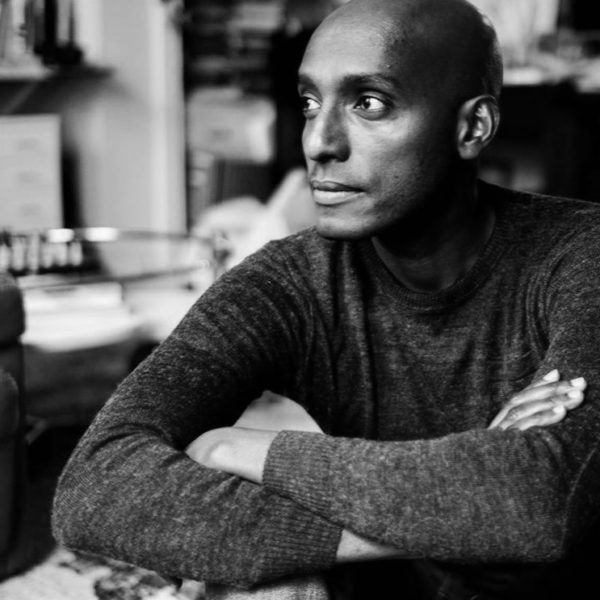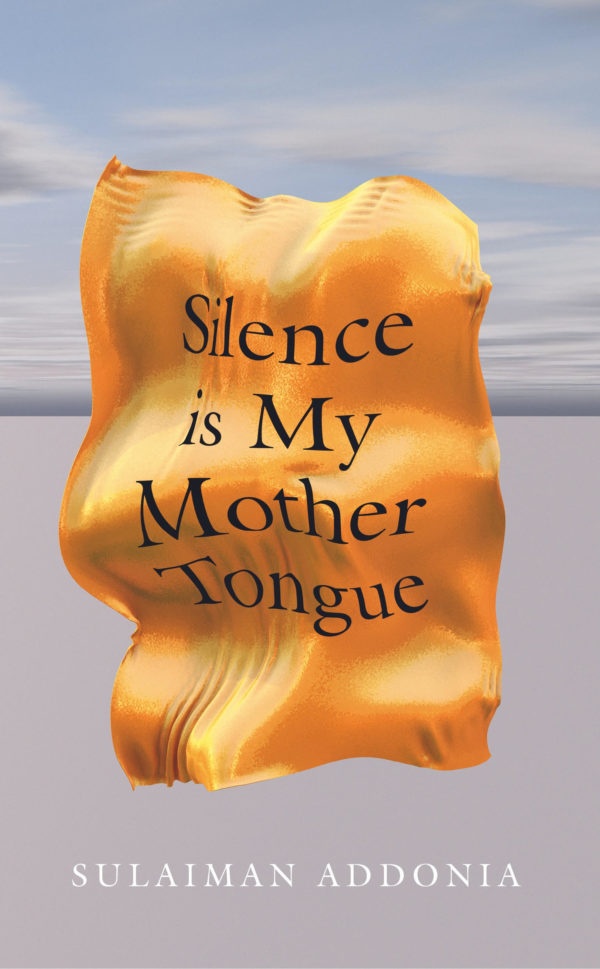
2018 has been a rich harvest for African fiction. Just when we thought the year couldn’t yield any more gems, Sulaiman Addonia’s Silence is a Mother Tongue comes out and wows us with one of the most lovable female characters we’ve seen in African fiction this year.
Set in an East African refugee camp, the novel is centered on a young girl named Saba. The story follows her as she attempts to make sense of the refugee camp— a makeshift world of fragile sanctuary mixed with inconsolable loss.
Saba is the reason you should read this novel. She is powerful in the way her desire and vision controls the whole novel. When women control a story, magical things happen.

Addonia is a visual storyteller. He writes about Saba like she is an image in a painting or a film. She appears in the story as a dreamy collection of snapshots and fragments of anecdotes. Getting to know her is an intensely moving experience.
One moment, she is a silhouette, constantly fading in and out. She is described as “the negative to a picture, the real person behind the picture being somewhere.” These bits and pieces of the character convey only a partial vision of her dreams, her life, her body, and her power—just enough to keep you desperately wanting to hold on to the many versions of herself multiplying throughout the book.
Saba calls to mind other memorable women in African fiction—the mother in Ben Okri’s The Famished Road and Misra in Nurrudin Farrah’s Maps. In African fiction, these women represent an elusive idea of femininity and, in so doing, give us tons of reasons why femininity can’t possibly be reduced to a handful of stereotypes.
Silence is My Mother Tongue is Addonia’s second novel. It was published by Indigo Press.
Buy Silence is My Mother Tongue | Amazon









COMMENTS -
Reader Interactions